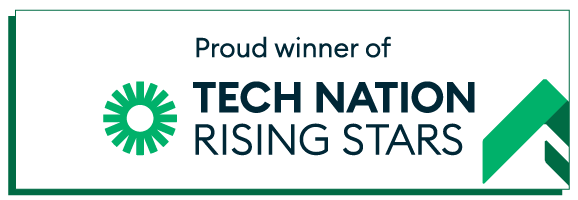Verbatim transcripts are some of the most requested by customers. Very few things beat a verbatim transcription on pinpoint accuracy and precision, which is why they are favoured in a variety of settings from legal to education.
What is strict and intelligent verbatim transcription?
A verbatim transcript is a record of every single word spoken, exactly as it was spoken. There are different levels of verbatim. Intelligent verbatim means word for word but with false starts and other verbal filler deleted for ease of reading. Strict verbatim leaves these things in and is as much a record of how someone speaks as what they speak.What is the difference between verbatim and fast edit transcriptions?
Unlike a verbatim transcription, fast edits aim to preserve the meeting rather than the letter of a recording. They can be useful for drawing up minutes or meetings or notes which require general points rather than a word for word account.Examples of the three editing styles in practice:
Strict verbatim: “ I, I am um going to speak to him, um tonight and I am, well I don’t know what I, I will do after that. Intelligent verbatim: “I am going to speak to him tonight and I am – well I don’t know what I will do after that.” Fast edit: “I am going to speak to him tonight and I don’t know what I will do after that.”Why use verbatim transcripts?
Verbatim transcription offers a sort of balance between a full record and error free copy. When people speak, as in the example above, they tend to use a lot of false starts, repetitions, hedging and verbal filler (phrases such as “you know”, “like”). But such liberal use of these words, while natural in conversation, makes for reading back a transcript very difficult unless the text is “smoothened out” and grammatical issues corrected. A verbatim transcript however does one thing general notes don’t: it provides the context behind the dialogue.Here are just some of things verbatim transcripts are useful for:
- Preparing legal documents
- Inferring data from interviews for research purposes
- Directly quoting a line from a source
- Taking written evidence from testimonies


